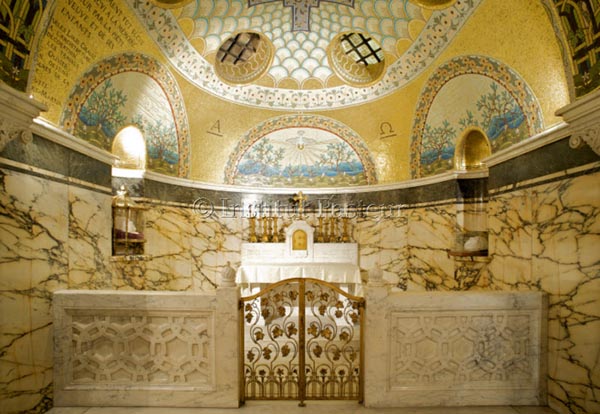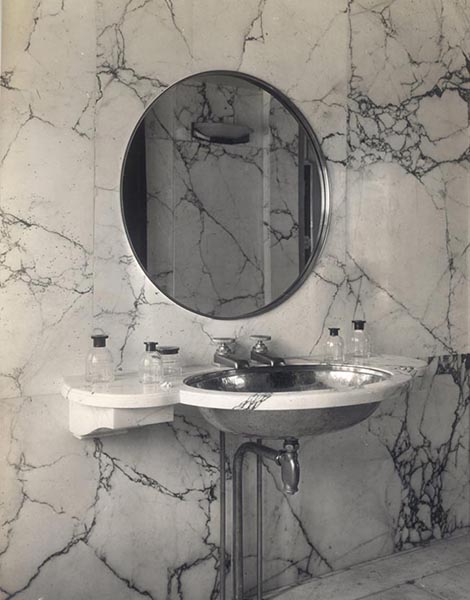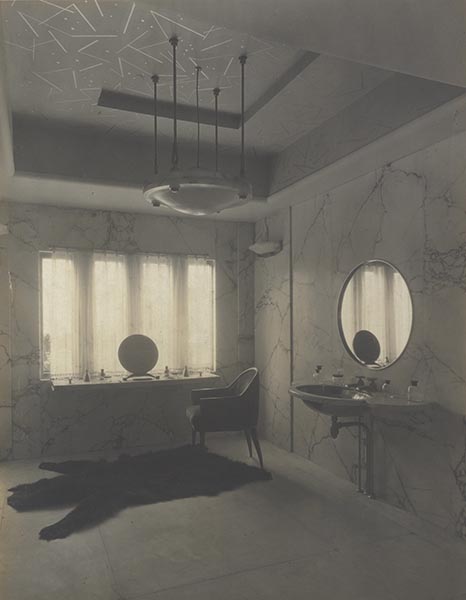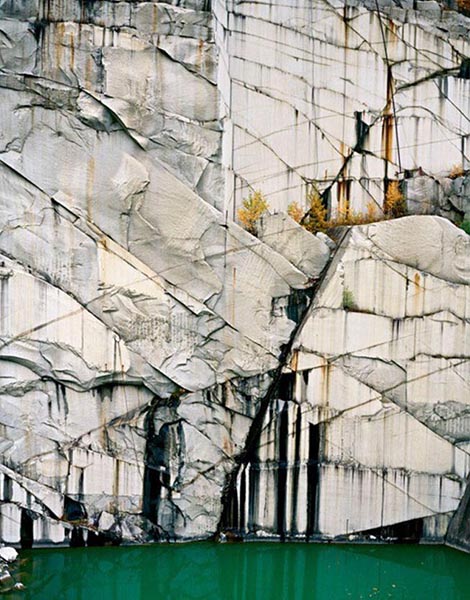Paonazzo marble
Download PDFThe Paonazzo marble takes its name from its dark veins encirceled with a halo where the mauve and the yellow recall the color of peacock feathers.
Extracted from the quarries of Carrara and Calacatta marble in Tuscany, it was used in the Antiquity to build the Corinthian columns of the Hadrian Mausoleum.
It is a marble appreciated for the coating of monuments and walls of villas.
Thus, in the 19th century, it was used to create the altar of the Sainte-Ann Chapel in the Church of Notre-Dame of the Treille in Lille, around 1856; Or the walls of the crypt in the Pasteur Institut (1887) where Louis Pasteur and his wife were buried.
At the World’s Fairs , the Paonazzo marble is chosen several times by artists for their exhibition works. A Paonazzo marble fireplace, decorated with sculptures by Mathurin Moreau, could thus be admired at the World’s Fair of 1900 . It was a Louis XV style fireplace , designed by H. Pain and exhibited by Lapointe, that was awarded a Gold Medal. It is also a fireplace in Paonazzo that adorns the Art Nouveau Livingroom built by Louis Sorel for a merchant of Reims, in 1910, reproduced in “Art and Decoration”.
Last but not least, it is in this marble that Ruhlmann built the bathroom of his very famous Pavilion of the Collectionneur, which triumphed at the Paris International Exhibition of Decorative Arts of 1925.
The Paonazzo marble has thus crossed the styles, from the Antiquity to Art Deco, and it remains today very appreciated for interior decoration.












